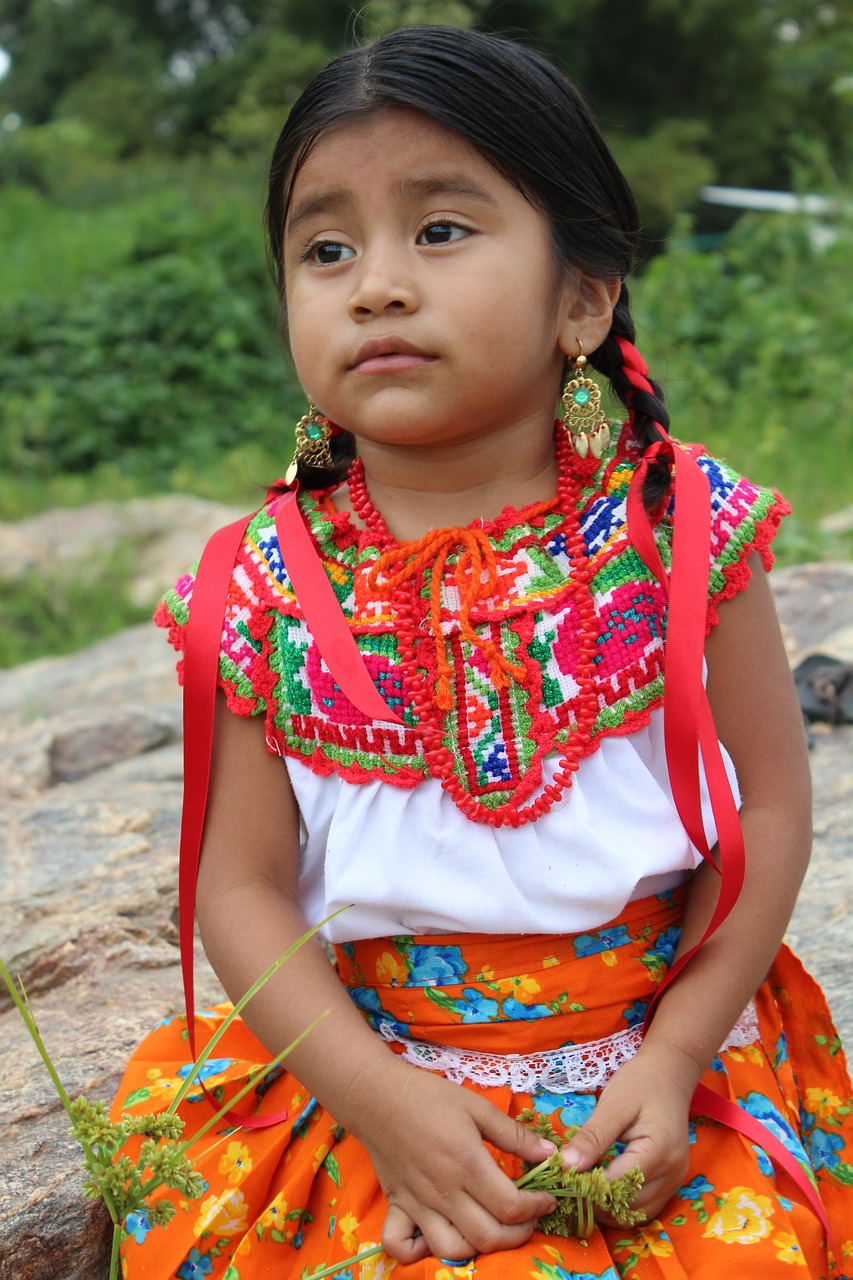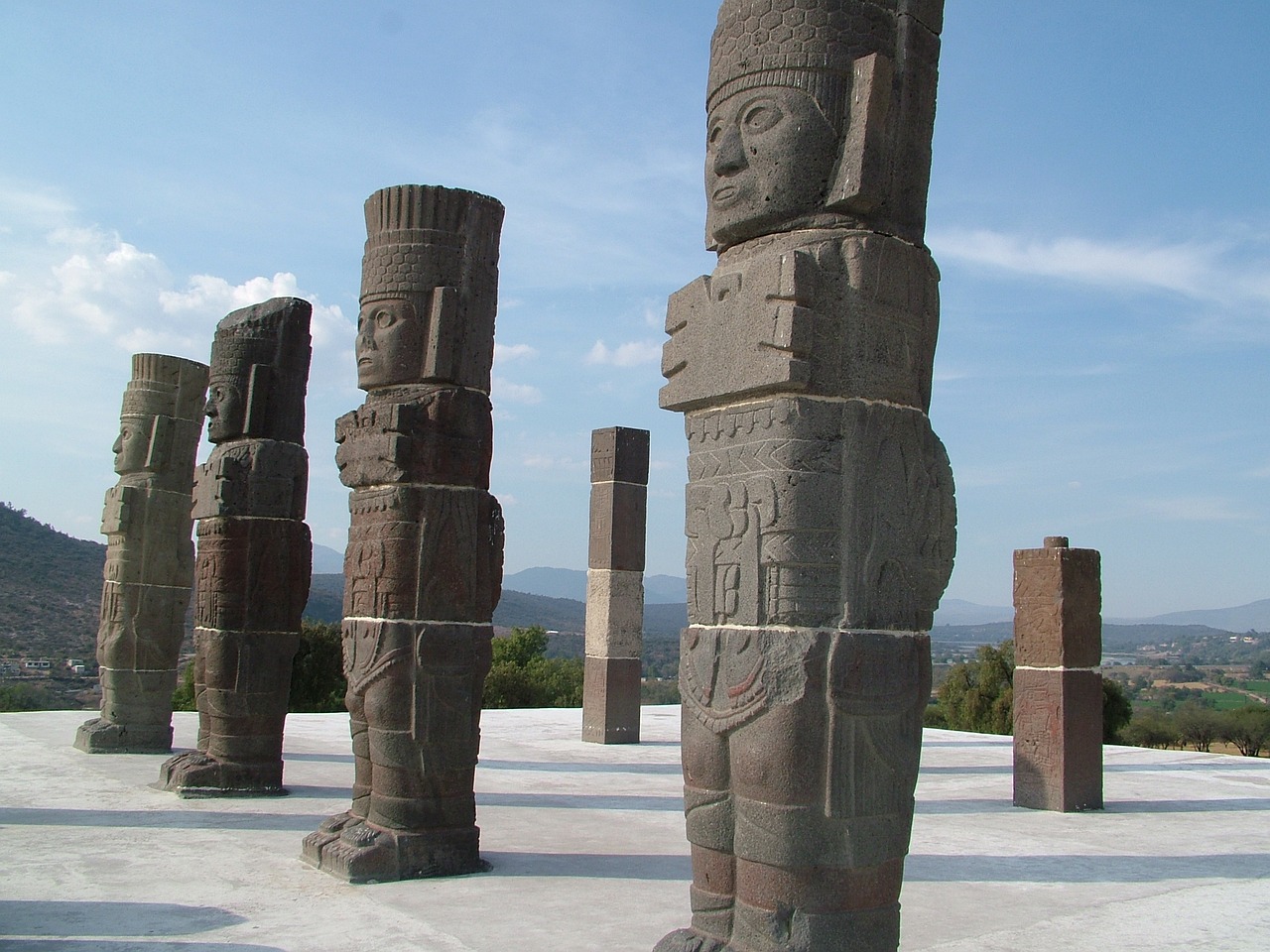Mexico Video
Celebrating Global Festivals with Locals in Mexico
Mexico is a vibrant country with a rich cultural heritage. One of the best ways to experience the true essence of Mexico is by celebrating its global festivals with the locals. These festivals showcase the country’s diverse traditions, music, dance, and cuisine. From colorful parades to lively music performances, Mexico offers a plethora of festival experiences that will leave you awe-inspired. In this article, we will explore some of the most popular global festivals in Mexico and how you can fully immerse yourself in the local celebrations.
Day of the Dead
Introduction:
The Day of the Dead, or Día de los Muertos, is one of the most iconic festivals in Mexico. Celebrated on November 1st and 2nd, it is a time to honor and remember deceased loved ones. This festival is a unique blend of indigenous Aztec rituals and Catholicism, creating a vibrant and colorful celebration of life and death.
Highlights:
- Altars: During the Day of the Dead, families create altars in their homes or at cemeteries to honor their departed loved ones. These altars are adorned with photographs, favorite foods, marigold flowers, and candles.
- Calacas and Calaveras: The festival is characterized by the presence of calacas (skeletons) and calaveras (skulls). These playful and colorful representations of death can be seen in various forms, such as sugar skulls, clay figurines, and costumes.
- Parades and Processions: Many cities and towns in Mexico organize parades and processions during the Day of the Dead. These lively events feature music, dancing, elaborate costumes, and giant puppets.
Altars serve as a way to welcome the spirits back to the living world and provide them with offerings. Each item on the altar holds symbolic meaning and represents a connection to the deceased.
Calacas and calaveras symbolize the belief that death is a natural part of life and should be embraced rather than feared. They are often decorated with vibrant colors and intricate designs.
Parades provide an opportunity for locals and visitors to come together and celebrate the festival with joy and enthusiasm. The streets come alive with the sounds of music and laughter.
Carnaval
Introduction:
Carnaval is Mexico’s version of the worldwide celebration of Carnival. It is a pre-Lenten festival that takes place in various cities across the country. Known for its extravagant costumes, vibrant parades, and lively street parties, Carnaval is a time of revelry and indulgence before the solemnity of Lent.
Highlights:
- Costumes and Masks: One of the main attractions of Carnaval is the elaborate costumes and masks worn by participants. These costumes often depict mythical creatures, historical figures, or popular characters.
- Parades and Floats: Carnaval parades are a spectacle to behold. Colorful floats adorned with flowers, feathers, and glitter make their way through the streets, accompanied by music and dancing.
- Street Parties: Throughout Carnaval, the streets come alive with lively street parties. Music fills the air as locals and visitors dance to traditional rhythms like salsa, cumbia, and mariachi.
Participants spend months preparing their costumes, ensuring they are unique and eye-catching. The streets become a vibrant display of colors and creativity.
The parades are a visual feast, showcasing the creativity and artistry of the local communities. Visitors can join the procession or simply enjoy the spectacle from the sidelines.
Street parties provide a fantastic opportunity to immerse yourself in the local culture and dance the night away. You can sample delicious street food and drinks while enjoying the festive atmosphere.
Guelaguetza
Introduction:
The Guelaguetza is a cultural festival held annually in the city of Oaxaca. It showcases the rich indigenous heritage of the region and celebrates the diversity of indigenous communities in Mexico. The festival has deep roots in Zapotec and Mixtec traditions.
Highlights:
- Traditional Dances: The Guelaguetza is renowned for its vibrant traditional dances performed by local groups. Each dance represents a specific community or region, showcasing their unique costumes and music.
- Artisan Market: The festival features a bustling artisan market where you can find handmade crafts, textiles, pottery, and traditional Oaxacan cuisine. The market is a treasure trove of authentic Mexican artistry.
- Food and Drink: Oaxaca is known for its rich culinary traditions, and the Guelaguetza is the perfect opportunity to indulge in the local cuisine. Traditional dishes like mole, tlayudas, and mezcal are available in abundance.
These dances are a visual spectacle, with performers adorned in colorful attire and intricate headdresses. The rhythmic movements and energetic performances captivate the audience.
You can browse through the stalls, interact with artisans, and purchase unique souvenirs to commemorate your Guelaguetza experience. The market is a celebration of indigenous craftsmanship.
Food stalls and restaurants offer a wide array of flavors and aromas, allowing you to savor the authentic tastes of Oaxaca. Don’t miss the chance to try traditional delicacies.
Mexico Image 1:

Day of the Revolution
Introduction:
The Day of the Revolution, or Día de la Revolución, is a national holiday in Mexico celebrated on November 20th. It commemorates the Mexican Revolution, which lasted from 1910 to 1920 and resulted in significant social and political changes in the country.
Highlights:
- Parades and Reenactments: The highlight of the Day of the Revolution is the grand parade that takes place in Mexico City. Participants dress up as revolutionary soldiers, leaders, and iconic figures from the revolution.
- Historical Exhibitions: Museums and historical sites across Mexico organize special exhibitions and events to educate visitors about the Mexican Revolution. These exhibitions showcase artifacts, photographs, and documents from the era.
- Fireworks and Celebrations: As night falls, cities and towns across Mexico light up the sky with dazzling fireworks displays. People gather in public squares and parks to celebrate the achievements of the revolution.
The parade features marching bands, horse riders, and elaborate floats depicting key events from the revolution. It is a visual representation of Mexico’s history and a tribute to the revolutionaries.
You can delve into the history of the revolution and gain a deeper understanding of the social and political changes that shaped modern Mexico. The exhibitions offer a fascinating glimpse into the past.
The festive atmosphere is palpable as families come together for picnics, music performances, and cultural events. It is a time of national pride and unity.
Las Posadas
Introduction:
Las Posadas is a nine-day Christmas celebration that reenacts Mary and Joseph’s journey to Bethlehem in search of a place to stay. This religious festival is widely celebrated in Mexico and combines Catholic traditions with indigenous customs.
Highlights:
- Processions: Each evening, a procession representing Mary and Joseph’s search for shelter takes place in towns and neighborhoods across Mexico. Participants carry candles and sing traditional songs.
- Piñatas: Las Posadas is synonymous with piñatas, which are brightly colored figures made of papier-mâché filled with candies and treats. Children take turns trying to break the piñata with a stick while blindfolded.
- Food and Drink: Traditional Mexican dishes and drinks are an integral part of Las Posadas celebrations. Tamales, ponche (a warm fruit punch), buñuelos (fried dough), and atole (a hot corn-based beverage) are commonly served.
The processions culminate in a designated house where the hosts act as innkeepers, symbolically denying Mary and Joseph entry until the final night when they are welcomed inside.
Breaking the piñata symbolizes overcoming temptation and receiving blessings. It is a joyful activity that brings families and communities together during the Christmas season.
Sharing a meal with loved ones is a cherished tradition during Las Posadas. The festive feast brings warmth and joy to the celebrations.
Mexico Image 2:

Day of the Virgin of Guadalupe
Introduction:
The Day of the Virgin of Guadalupe, or Día de la Virgen de Guadalupe, is a significant religious festival in Mexico. It celebrates the appearance of the Virgin Mary to Juan Diego, an indigenous Mexican, in 1531. The Virgin of Guadalupe is the patron saint of Mexico.
Highlights:
- Pilgrimages: Millions of devotees embark on pilgrimages to the Basilica of Our Lady of Guadalupe in Mexico City. Some walk for days, while others travel on their knees as a sign of devotion.
- Mañanitas: In the early hours of December 12th, the traditional Mexican birthday song, “Las Mañanitas,” is sung to honor the Virgin of Guadalupe. The song is accompanied by mariachi bands and fireworks.
- Traditional Dances and Performances: Throughout the day, traditional dances and theatrical performances take place in honor of the Virgin of Guadalupe. These cultural displays showcase the diversity of Mexico’s indigenous traditions.
The atmosphere is filled with reverence and faith as pilgrims pay homage to the Virgin Mary. The Basilica becomes a hub of prayer, reflection, and celebration.
Mañanitas is a heartfelt serenade to express love and gratitude to the Virgin Mary. The melodious tunes fill the air, creating a captivating ambiance.
From Aztec-inspired dances to indigenous music performances, the celebrations highlight the fusion of Catholicism and indigenous beliefs in Mexico.
San Fermin Festival
Introduction:
Although not originally a Mexican festival, the San Fermin Festival in Pamplona, Spain, has gained popularity in Mexico. Known for the famous running of the bulls, this festival attracts thrill-seekers and adventure enthusiasts from around the world.
Highlights:
- Running of the Bulls: The running of the bulls is the most iconic event of the San Fermin Festival. Participants run alongside a group of bulls through the streets of Pamplona, testing their courage and agility.
- Music and Dancing: The San Fermin Festival is a week-long celebration filled with music, dancing, and live performances. The streets come alive with the sounds of traditional Spanish music.
- Fireworks: Each night, the San Fermin Festival ends with a spectacular fireworks display. The sky is illuminated with dazzling colors, creating a magical ambiance.
While not a traditional Mexican festival, many Mexicans travel to Pamplona to participate in this exhilarating event. It has become a bucket-list experience for adrenaline junkies.
Visitors can join in the festivities by dancing to lively tunes or simply enjoying the vibrant atmosphere. The festival is a testament to the joy and spirit of celebration.
Fireworks are a universal symbol of celebration, and the San Fermin Festival ensures that each day concludes with a grand display of lights and sounds.
Mexico Image 3:

Conclusion
Celebrating global festivals with locals in Mexico is an incredible way to immerse yourself in the country’s rich culture and traditions. Whether it’s the vibrant colors of the Day of the Dead, the lively parades of Carnaval, or the indigenous heritage showcased in the Guelaguetza, each festival offers a unique experience. From the religious fervor of Las Posadas to the adrenaline rush of the San Fermin Festival, Mexico’s global festivals provide a glimpse into the heart and soul of the country. By participating in these festivals, you can forge connections with locals, learn about their customs, and create lasting memories.
References
- gypsywarrior.com
- diadelosmuertos.com
- carnaval.com
- oaxaca-travel.com
- mexicocity.gob.mx
- visitmexico.com
- guadalupebasilica.org
- sanfermin.com


